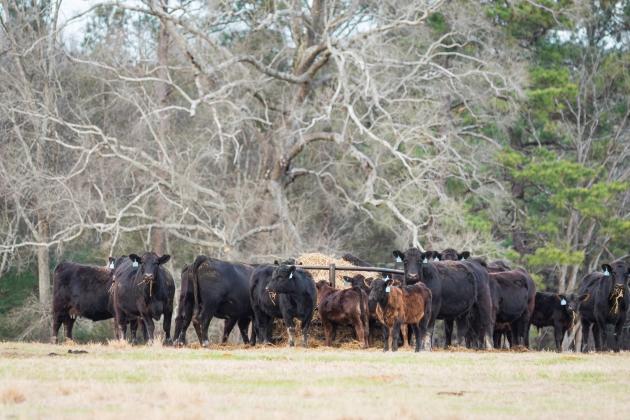Rachael Brooke - Phillips-Rooks District Extension Agent, Agriculture and Natural Resources
Article written by: Jason M. Warner, K-State Research and Extension Cow-Calf Specialist
Cowherd management
Evaluate Body Condition Score (BCS) and adjust nutrition for spring-calving females going into breeding. Ensure thin (BCS less than 4.0) females are on an increasing plane of nutrition. Females in a BCS greater than 6.0 should not be losing condition. Record cow BCS and use it as a guide for future management. Start lactation rations after the first calving cycle. Pregnancy check fall calving cows and make culling decisions. How were pregnancy rates relative to last year? Do we need to re-think the fall/winter nutrition program? Plan your mineral supplementation for this coming spring and summer. Measure your cows’ intake and adjust it as needed. If using fly control products, start them at recommended times for your area. Properly store bagged mineral and avoid damaging bags and pallets. The risk of grass tetany is greatest for lactating cows. Consider magnesium levels in mineral supplements, particularly for cows grazing the following: wheat, rye, triticale, oats, brome grass, and other cool-season forages. Use the estrus synchronization planner from KSUBeef.org to help plan synchronization protocols. Schedule breeding soundness examinations on bulls well prior to turnout. Allow yourself plenty of time to find a replacement bull if needed.
Calf management
Review health protocols for spring-born calves and schedule processing activities. If not already completed, wean and market fall-born calves. Consider the economic return by implanting nursing calves and grass cattle. If not already done, schedule your breeding protocols for replacement heifers in advance of the breeding season. If synchronizing with melengestrol acetate (MGA), make sure intake is consistent at 0.5 mg of MGA per head per day for 14 days, and remove for 19 days prior to administering prostaglandin.
General Management
Use the Management Minder tool on KSUBeef.org to plan key management activities for your cowherd for the rest of the year. Evaluate forage production potential, particularly on pastures that were drought stressed in 2022, and adjust turnout dates as needed. Consider your storage method for any leftover hay, feed, and look for opportunities to minimize shrink during extended storage. Good sanitation around winter feeding and bedding areas helps reduce stable fly populations. Take a balanced, multi-tool approach to fly/insect control. Wrap up any last-minute pasture management projects before spring turnout: finish repairing fences, conduct burns if needed, work to control trees and brush, and ensure sufficient water is available when cattle are turned out.
For more information, please contact the local K-State Research and Extension Office.
K-State Research and Extension is an equal opportunity provider and employer.

